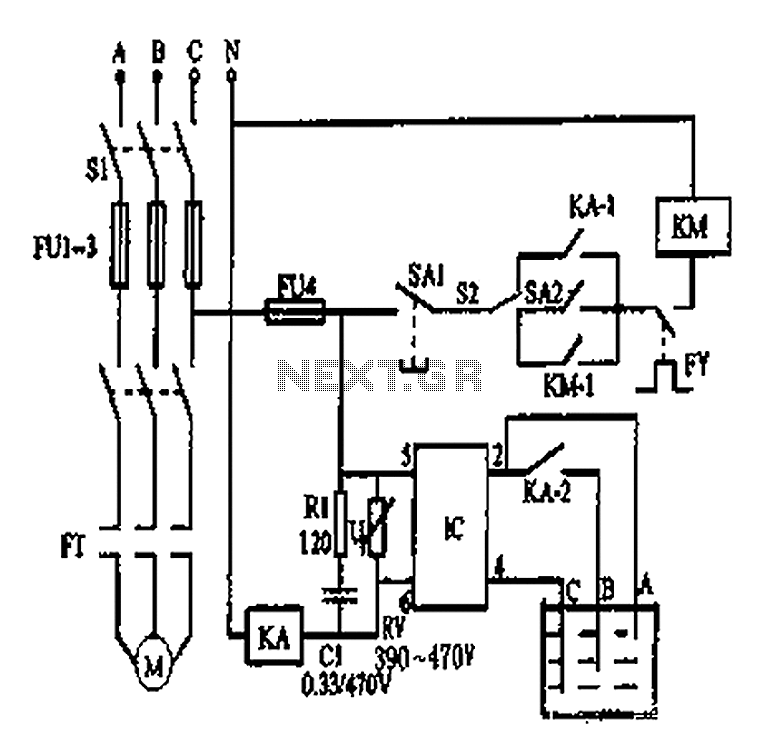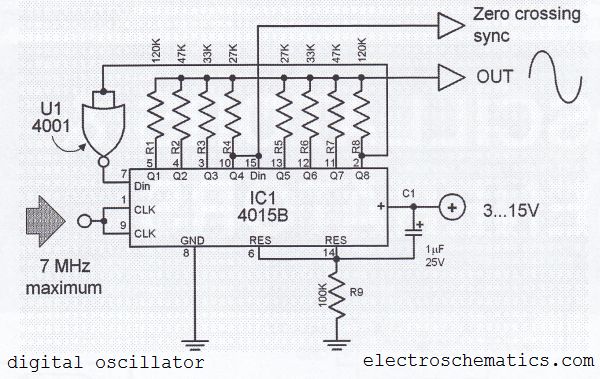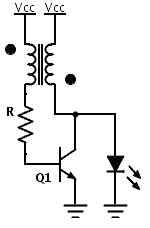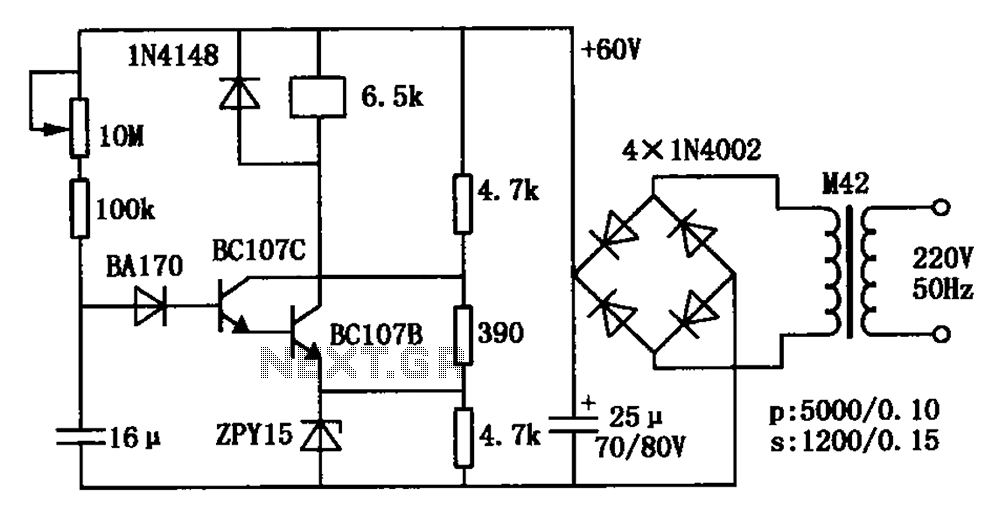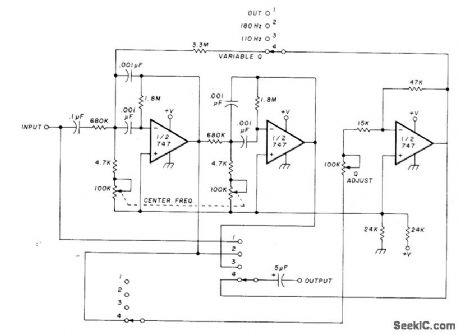
1-20 minutes a timing circuit
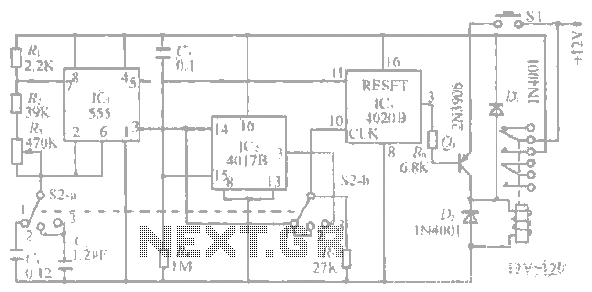
The system operates between 10 minutes to 2 hours, featuring a 100-line bell controlled by a multi-gear stick labeled S2 41f. The integrated circuit (IC) functions as a self-excited multivibrator. The device can manage binary pulses ranging from 3 to 14 liters. When activated, it is referred to as "the beginning." If switch S2 is set to state "1," the frequency division ratio is 21_8192, allowing for a timing cut of 1.2 for twenty clock cycles. When S2 is set to state "3," the frequency division ratio changes to 81920, enabling timing adjustments for intervals between 100 minutes and 20 hours.
The described system employs a multi-gear stick control mechanism that allows for the selection of various operational states. The primary component, an integrated circuit (IC), serves as a self-excited multivibrator, which is critical for generating oscillations necessary for timing and control functions. This IC is capable of producing binary pulses, which are essential for managing the operation of the system across a specified range of liter measurements.
The operational states are determined by the configuration of switch S2. In state "1," the frequency division ratio is set to 21_8192, which provides a specific timing mechanism allowing for precise control over the system's operation. This configuration enables the system to execute timing functions that can be cut to intervals of 1.2 for every twenty clock cycles, facilitating a high degree of accuracy in time management.
When switch S2 is adjusted to state "3," the frequency division ratio alters to 81920. This change significantly impacts the timing capabilities of the system, allowing for extended operational periods ranging from 100 minutes to 20 hours. Such flexibility is crucial for applications requiring varying durations of operation, making the system versatile for different tasks.
The overall design of the circuit integrates these features to ensure reliable performance and adaptability. The self-excited multivibrator plays a vital role in maintaining the oscillation necessary for the timing functions, while the multi-gear stick provides user-friendly control over the operational states. This combination results in a robust electronic schematic capable of meeting diverse timing requirements in various applications.10 minutes to 2 hours: 100 lines bell - 20 Ogawa, when selected by the multi-gear stick lemma Ge S2 41f system. IC} is self-excited multivibrator. 1C, the evolution liter dC device. IC 3 to 14 liters of binary pulses f Pi device. When turned} rxsi called, 1iI RYl Chih-what is it s station, will be called " the beginning. If S2 is set r" 1 "state archives, the frequency division ratio of 21_8192, then given time to cut bone I.2 twenty clock .S2 dry "3" file, the frequency division ratio is 81920. In this case the timing when asked to 100 minutes - 20 hours.
The described system employs a multi-gear stick control mechanism that allows for the selection of various operational states. The primary component, an integrated circuit (IC), serves as a self-excited multivibrator, which is critical for generating oscillations necessary for timing and control functions. This IC is capable of producing binary pulses, which are essential for managing the operation of the system across a specified range of liter measurements.
The operational states are determined by the configuration of switch S2. In state "1," the frequency division ratio is set to 21_8192, which provides a specific timing mechanism allowing for precise control over the system's operation. This configuration enables the system to execute timing functions that can be cut to intervals of 1.2 for every twenty clock cycles, facilitating a high degree of accuracy in time management.
When switch S2 is adjusted to state "3," the frequency division ratio alters to 81920. This change significantly impacts the timing capabilities of the system, allowing for extended operational periods ranging from 100 minutes to 20 hours. Such flexibility is crucial for applications requiring varying durations of operation, making the system versatile for different tasks.
The overall design of the circuit integrates these features to ensure reliable performance and adaptability. The self-excited multivibrator plays a vital role in maintaining the oscillation necessary for the timing functions, while the multi-gear stick provides user-friendly control over the operational states. This combination results in a robust electronic schematic capable of meeting diverse timing requirements in various applications.10 minutes to 2 hours: 100 lines bell - 20 Ogawa, when selected by the multi-gear stick lemma Ge S2 41f system. IC} is self-excited multivibrator. 1C, the evolution liter dC device. IC 3 to 14 liters of binary pulses f Pi device. When turned} rxsi called, 1iI RYl Chih-what is it s station, will be called " the beginning. If S2 is set r" 1 "state archives, the frequency division ratio of 21_8192, then given time to cut bone I.2 twenty clock .S2 dry "3" file, the frequency division ratio is 81920. In this case the timing when asked to 100 minutes - 20 hours.
